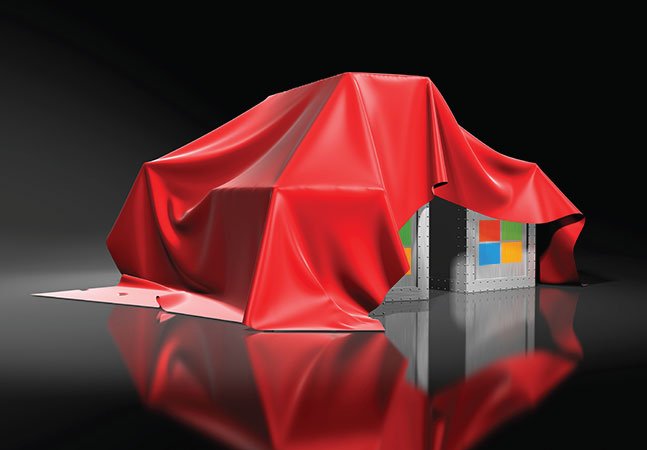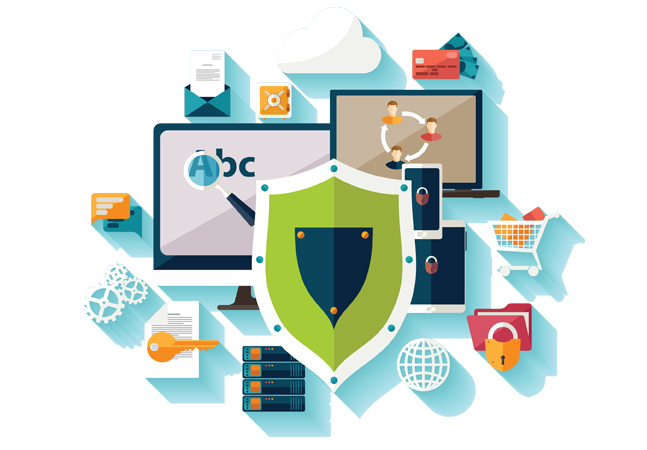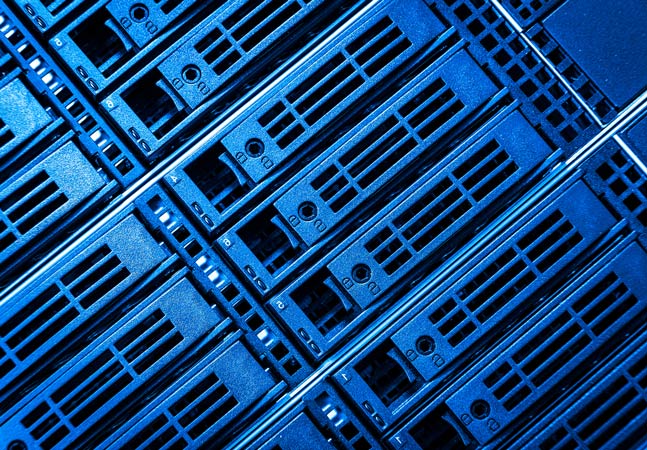
Even though some big tech events are starting to return to in-person attendance or hybrid in-person/online formats, VMworld 2021 in October will be online-only, just like last year, the virtualization king announced.

Tom Fenton highlights new features and functionality in the secure, multi-cloud desktop and app virtualization platform.

Microsoft announced Azure VM Image Builder has reached general availability, providing a managed service that reduces the complexity of manually creating virtual machines images -- with associated workflows and pipelines -- for Windows and Linux.

Tom Fenton looks at using ControlUp to monitor a dHCI cluster and how HPE implements vVols on Nimble Storage.

Tom Fenton concludes his series by creating a script to gather metrics from devices and then creating a custom report from the information gathered.

Tom Fenton discuss disaggregated hyperconverged infrastructure (dHCI), an interesting emerging technology in the datacenter that can address limitations of HCI while still embracing its attractive features.

Tom Fenton looks at Edge DX, a new product from ControlUp that was designed to monitor and manage Windows, macOS, Linux and IGEL OS endpoint devices. He explains the information it gathers, how it displays logon and processes to help troubleshoot and diagnose issues that end users might be having.

Brien Posey completes his 3-part series, including an 18-hour server replication process.

Tom Fenton begins a 3-part series on this new offering, used for monitoring and managing physical devices.

A new effort to "rearchitect the internet" includes major industry players VMware, Dell Technologies and others who will work on a major transformation with a rebuild focused on the edge.

The big theme of Windows Server 2022 is security -- primarily bringing the concept of Secure Core from Windows client to the server world with Secure Core Servers.
- By Paul Schnackenburg
- 04/06/2021

Subnets are used for many AWS tasks (like creating an EC2 VM), so Brien Posey sheds some light on common errors to end some of the frustration around subnetting.

After discussing the web-based end-user computing monitoring tool SOLVE in part 1 of this series, Tom Fenton turns his attention to Horizon-published applications.

With more interest in cloud-based file servers, Brien Posey details the integral process of migrating existing files to the cloud to get started, here focusing on the final configuration steps.

With more interest in cloud-based file servers, Brien Posey details the integral process of migrating existing files to the cloud to get started.

Tom Fenton looks at some of new features included with this release, the biggest and most visible of which is ControlUp SOLVE, a web-based monitoring tool for end user computer environments.

Paul Schnackenburg looks at the tool for monitoring all your Azure IaaS and PaaS services, plus your own applications and code, explaining what it can do, how to design and configure it and how to connect your workloads.
- By Paul Schnackenburg
- 03/01/2021

Finishing up his 4-part series on setting up a QNAP TP-431K network appliance to replace a failed ESXi server, Tom Fenton adds a caching drive to the device, uses the command line on it and sets it up as an NFS file share on it for vSphere before sharing his final thoughts on it.

Tom Fenton works with some of the QNAP applications for streaming and sharing data, and then adds another disk to this device for storage.

Tom Fenton, as part of a project to recover from an ESXi server failure, details how, after earlier introducing his QNAP TS-431K replacement, he set up the device and put an iSCSI target on it.